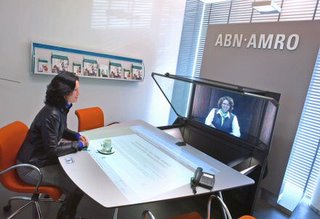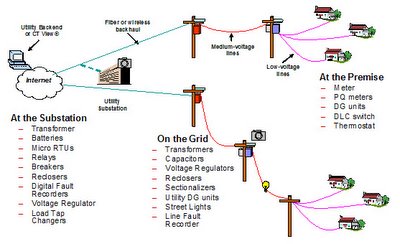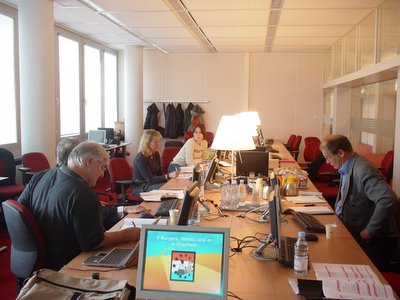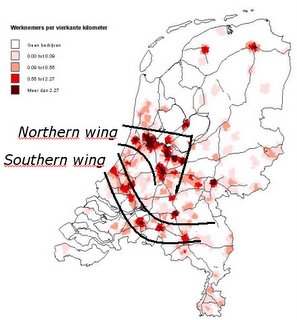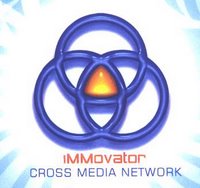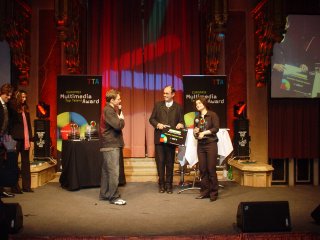 Every year I look out for the Xmas e-mails and electronic cards. This year brought me all kind s of best wishes. A newsletter of the Instructors' Network was pimped up with Santa's hat (Thanks Robert Wierbizski).
Every year I look out for the Xmas e-mails and electronic cards. This year brought me all kind s of best wishes. A newsletter of the Instructors' Network was pimped up with Santa's hat (Thanks Robert Wierbizski).Marcelo Sant'Iago, my Latin American friend, sent me the following story:
Some time ago a man punished his 5-year-old daughter for wasting a roll of expensive gold wrapping paper. Money was tight and he became even more upset when the child pasted the gold paper so as to decorate a box to put under the Christmas tree.
Nevertheless, the little girl brought the gift box to her father the next morning and said, "This is for you, Daddy." The father was embarrassed by his earlier over reaction, but his anger flared again. When he found the box was empty.
He spoke to her in a harsh manner, "Don't you know, young lady, when you give someone a present there's supposed to be something inside the package?" The little girl looked up at him with tears in her eyes and said, "Oh,Daddy, it's not empty. I blew kisses into it until it was full."
The father was crushed. He fell on his knees and put his arms around this little girl, and he begged her to forgive him for his unnecessary anger. An accident took the life of the child only a short time later and it is told that the father kept that gold box by his bed for all the years of his life. And whenever he was discouraged or faced difficult problems he would open the box and take out an imaginary kiss and remember the love of the child who had put it there.
In a very real sense, each of us as human beings have been given a golden box filled with unconditional love and kisses from our children,family and friends. There is no more precious possession anyone could hold.
Isn't that very touching. And there were many cards, some of them I put in a collage below.
 For those who read Dutch, they should have a look at the site of the Mediawerkplaats. You get an invitation to pick your own avatar: Bush, Merkel and some Dutch VIPs. With my education in theology I took of course Pope Benedict XVI. You can add a favourite saying to it and send it in. You can click on the arrows and you will find my name with the message: I think I am happy with the many e-mails I get. It means that I have friends and enemies, who think about me!
For those who read Dutch, they should have a look at the site of the Mediawerkplaats. You get an invitation to pick your own avatar: Bush, Merkel and some Dutch VIPs. With my education in theology I took of course Pope Benedict XVI. You can add a favourite saying to it and send it in. You can click on the arrows and you will find my name with the message: I think I am happy with the many e-mails I get. It means that I have friends and enemies, who think about me!I WISH YOU ALL A MERRY CHRISTMAS AND A HAPPY NEW YEAR
(I will be off till December 31, 2005)


